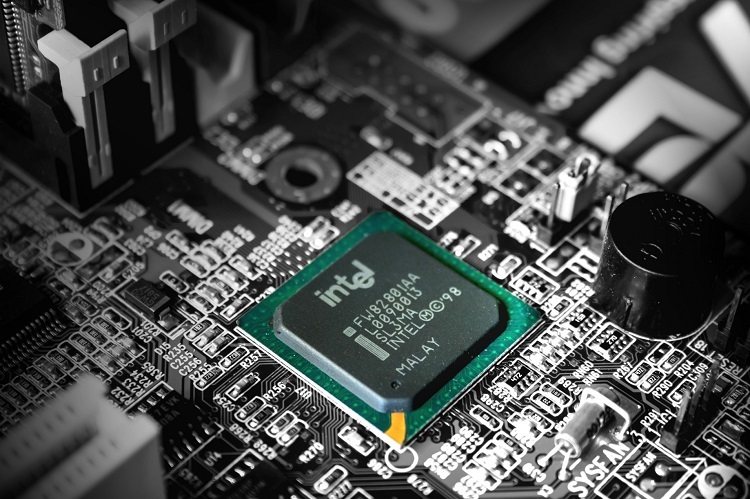The 21st century has witnessed tremendous growth in technology. New acronyms come up every day and can be confusing and impossible to stay up to date.
There’s no mentioning technological development without a gist of embedded systems. For instance, what does sbc modules mean, and how different is it from com? System-On-Module (SOM) and Computer-On-Module (COM) are prominent examples of the latest embedded system hardware. A desktop computer relies on peripheral expansion slots to enable it to perform some functions. However, A single-on-board module solely relies on a built-in range of microprocessors to run.
Table of Contents
Single Board Computer (SBC)?
A single board computer is a computer built on one circuit board. A complete computer on the SBC module has all the necessary computing functions such as input and output (I/O) features, memory, and one or more microprocessors. Further, it has other components essential for a functional computerized system.
A single board computer is used in an embedded system to act as an embedded computer controller. Consequently, it enables analog, digital, and combinations to work on a single board.
Many portable and personal computers operate on a single circuit board. Technicians can customize SBC for a specified system application. Once customized, it includes components such as input and output (I/O) memory and interfaces.
Advantages of SBC
- Single board computer is affordable.
- It is resilient to vibration and mechanic issues and does not require additional connectors.
- Single board computer is the preferred option for a greasy, humid environment. It also works best under extreme vibration and shock-wave conditions.
Disadvantages of SBC
The central processing unit and the memory option can be targeted. Once selected and locked by configuration, SBC requires replacement or upgrading. On the flip side, selection and locking can work if you don’t expect hardware alterations.
Computer-On-Module
Computer-on-module (COM), also called System-on-Module (SOM), is a subtype of single board computer. A COM is made to plug into another board for system operations expansion. Therefore, a COM is a carrier computer or a system packaged into one module.
Advantages of COM
- Computer-on-module provides scalability because it selects a different system from the common pin-compatibility type.
- Computer-on-module allows for upgrading and improvement without replacing the initial carrier board.
- Computer-on-module delivers a complete computing system including connectivity, display, and other peripheral systems.
Why COM is most preferred to SBC
Computer-on-module provides upgrading or scaling by altering the initial module. This function makes it easy to work with added or expanded functions and improves the system later. SOM facilitates software and hardware engineers to speed up improvements and avail products in the market. By selecting a specific COM, technicians can add or remove a feature or two by choosing a different SOM module. The selection can be based on COM scalability and various central processing unit choices.
In summary
Both SBC and COM adapt similar software applications for ready market products. The application of either CBS or COM depends on the functions and environment it will be used. Consulting an expert hardware expert can help you choose the most appropriate application for your requirements and conditions.










